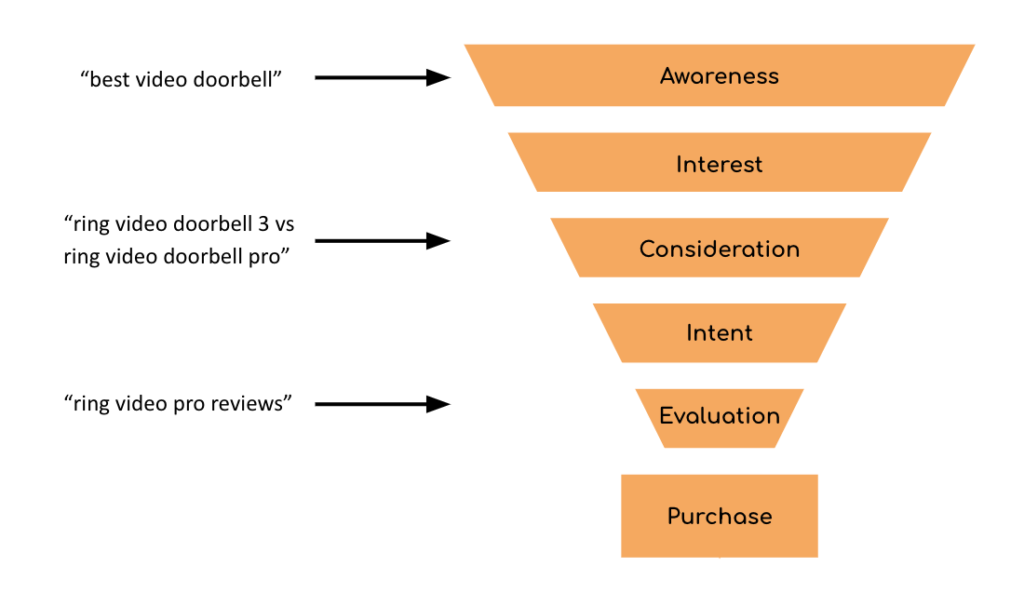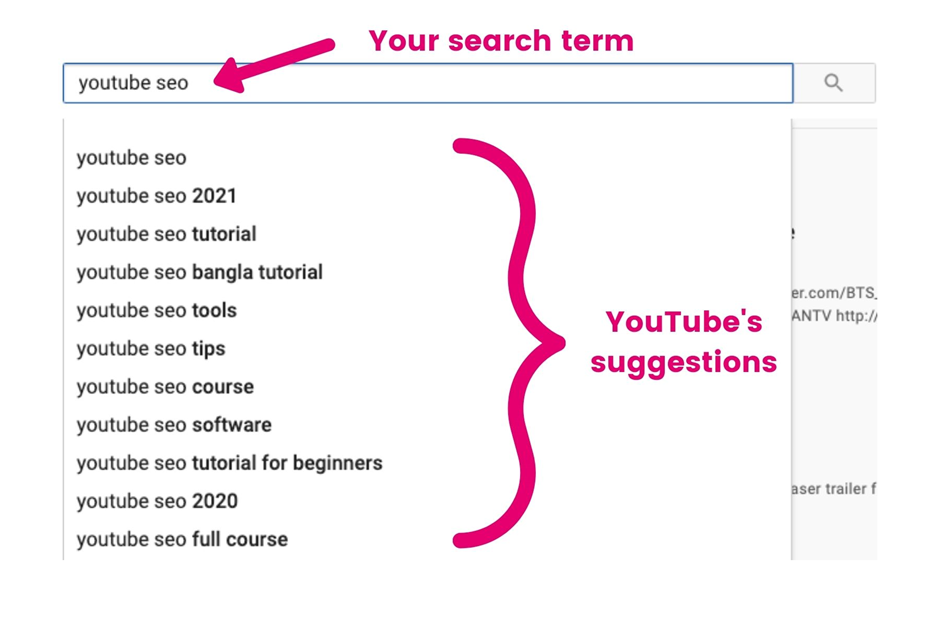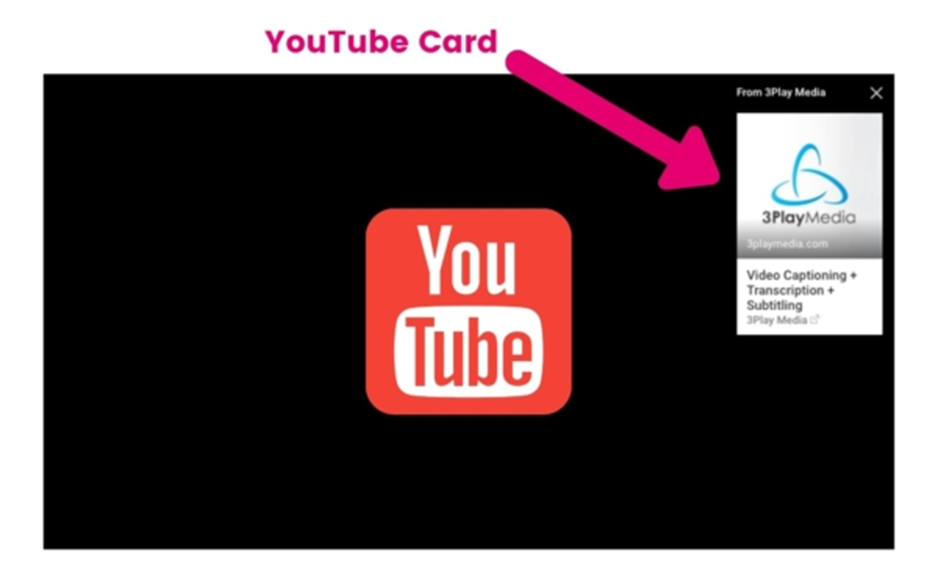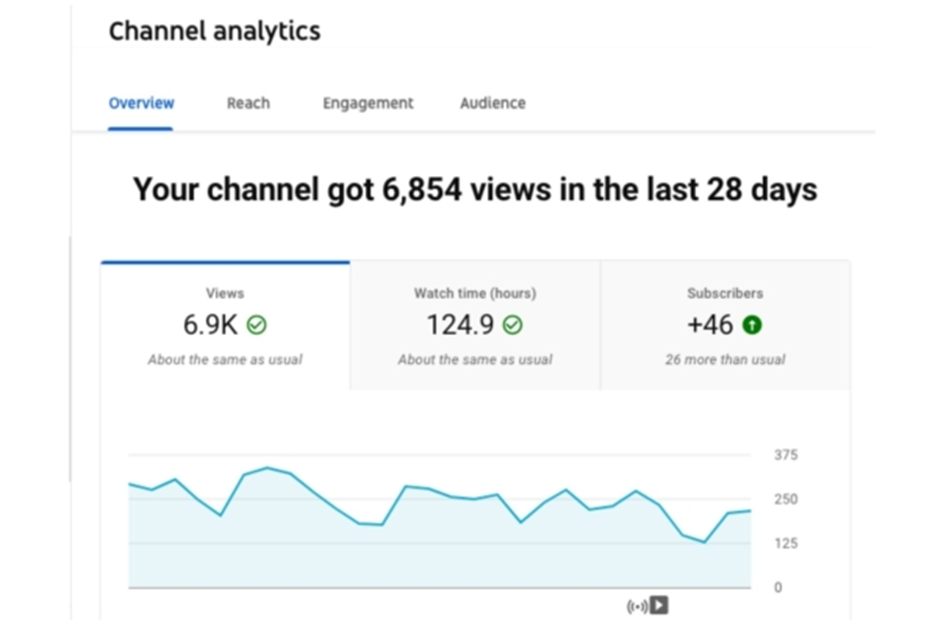YouTube SEO for Beginners: 10 Best Practices to Get You Started

Table of Contents
- A Smart YouTube SEO Strategy
- YouTube SEO for Beginners: 10 Tips and Tricks
- Conclusion
- Key Takeaways
- FAQs
With YouTube being the second largest search engine globally after Google, it’s no wonder that a more significant number of people and businesses are looking to use YouTube for marketing purposes. It has been reported that out of ten videos searched, eight are YouTube videos. With more than 500 hours of video content uploaded on the YouTube platform every minute, YouTube is growing rapidly.
If you’re worried about getting lost in the world of videos and are wondering how to optimize your YouTube videos, then this article is for you. Here, we will list out YouTube SEO (search engine optimization) best practices that you can follow to create a powerful YouTube strategy to stay on top of the competition.
A Smart YouTube SEO Strategy

SEO is continuously changing, and hence you must have a robust SEO strategy for YouTube so that your videos can rank high in search engine result pages (SERPs). Optimizing your videos for search is very important to drive traffic and build a following.
While Google uses backlinks and other factors for ranking, YouTube SEO is all about optimizing your metadata, channel, descriptions, videos, and playlists. So, YouTube videos can be optimized for search outside and within YouTube.
You may be aware of the SEO basics for YouTube, like tags, meta descriptions, and adding keywords in your titles, but there’s a lot more you can do when it comes to YouTube SEO best practices. Search engine bots rely on text data for proper indexing purposes. Hence, a key factor of a YouTube SEO strategy is to include appropriate video text that includes closed captions, subtitles, and transcripts. Having a powerful YouTube SEO strategy in place helps to positively impact user engagement, experience, viewership, and watch time.
YouTube SEO For Beginners: 10 Tips and Tricks
Here are ten YouTube Video SEO best practices that you can use to boost your YouTube SEO and maximize views.
1. Select the right keyword

Before you begin boosting your YouTube SEO, you first need to choose the correct phrase or keyword for your video. Keywords are often found in metadata and video titles. It’s also used in audio, transcripts, and captions. Your keyword phrases and keywords should be selected based on what describes the video accurately and the phrases and words that users would usually enter while searching for a specific video like yours. To find the right keywords and phrases that people use, you’ll need to do keyword research. For this, you can use the platform’s Search Suggest option.
2. Include closed captions
YouTube transcribes videos to provide users with automatic captions. However, these captions are apparently only 70% accurate, which often makes them embarrassing and incomprehensible. Google penalizes spam, and when it comes to automatically generate YouTube captions, your content runs the risk of being labeled as spam. This could ultimately lead to your YouTube channel losing its search rank. To help with this, you need to include accurate captions for your YouTube videos.
There are plenty of ways to add captions to your videos. One solution is to clean up the errors manually, but the most straightforward and best solution is to use the services of a professional video transcription company that offers high-quality transcripts with a fast turnaround time.
3. Add a transcript to your YouTube video description
Video descriptions are one of the best places to add a transcript. You can easily fit around 5,000 characters in the description field, so you can use it to include a suitable transcript in the description. If the transcript does not fit or you need to add some more information, you can have a link that directs the user to a separate page with the full version of your transcript.
4. Add subtitles in multiple languages
Just like how English captions help to make your YouTube videos accessible to a broad audience, in the same way, adding subtitles in multiple languages can improve your YouTube SEO and expand your reach. When you have subtitles in other languages, non-English speaking viewers also enjoy your YouTube videos. When you have translated captions in various languages, the search engines index them and will include those videos in the search results in all those languages.
5. Keyword-optimized title, description, and tags
YouTube title and description best practices are important for your YouTube SEO strategy. Once you’ve selected a good keyword, you must ensure that all your video texts are keyword optimized. For example, if you’re publishing a makeup tutorial video, you must make sure that you optimize your titles, tags, and descriptions using the phrase ‘makeup tutorial.’
6. Mention your target keyword in your video
Mention your target keyword in the video because if you don’t, it will not appear in the transcript or captions. Try to naturally and thoughtfully incorporate the keyword in your YouTube video and try not to overuse or overstuff it in the transcript. Plan your script well in advance and try to use the keyword right at the start of the video.
7. Use a captivating thumbnail

Selecting the right thumbnail image can make a huge difference in click-through rates. Use high-contrast and high-quality images that come with a 16:9 aspect ratio. Facial close-up images work best when choosing your thumbnails. YouTube gives you three screenshots from the video; however, you can select another shot or upload another image.
8. Add end screens and YouTube cards

Pre-formatted notifications are called YouTube cards. Using them in your videos encourages your audience to take action while watching them. Once you set them up, these cards will be seen on the top right side of the videos available for the users to click on them and explore. Since YouTube aims to keep people on the platform, cards are a fantastic way to increase your ranking. End screens are shown after the video is over and will tell viewers what they need to do next.
9. Focus on user engagement
How people react and respond to your content is very important for Google. So, engagement metrics like subscriptions, comments, likes, and shares help get higher rankings. To increase the engagement rate on your channel, encourage your viewers to like, share or comment on the videos and take out time to respond to messages and comments for maximum interaction and engagement.
10. Track your analytics

This is an essential step when it comes to YouTube SEO. Track your progress and analytics well to know if your SEO strategy is working. Metrics help to understand where you’re lacking and where you’re doing a great job. YouTube has plenty of analytics reports that help to track your progress and performance.
Conclusion
These were ten YouTube SEO best practices to use for your videos. No matter the SEO tools you use, running a successful channel will begin with great content. So, ensure that your viewers always have something relevant and high-quality to watch.

Key Takeaways
- Selecting the right keyword is very important for a powerful YouTube SEO strategy. Use the keywords in metadata, video titles, transcripts, captions, and audio.
- Automated YouTube captions can harm your ranking. Hence, use accurate captions in all your videos to rank high in search results. You can either manually clean up the errors of the automated captions or get the services of a professional video transcription service to help you polish your transcript.
- Adding a transcript to your video description is one of the best things you could do. Since the description field allows 5,000 characters, you can easily fit your transcript without a hassle.
- Have subtitles in multiple languages to increase your SEO and expand your reach.
- Once you’ve selected the right keyword, ensure that you use it well in your titles, descriptions, and tags. Keyword optimization is critical when it comes to powerful YouTube SEO for beginners.
- You must mention your target keyword in your videos so that they appear in your transcript and captions. Try to naturally and thoughtfully incorporate them in your videos.
- Choose a captivating thumbnail image of high quality as it can drastically increase the click-through rates.
- Adding YouTube cards and end screens encourages your audience to take action while watching the video. These cards can have different CTAs.
- Focus on your engagement metrics that include shares, likes, comments, and subscriptions, which helps with higher rankings.
- Track your YouTube analytics to understand what you’re doing right and what you’re not.
FAQs
Google owns YouTube, so it will always display relevant videos in search. A powerful YouTube SEO strategy and a well-ranked video can increase your channel exposure to a large extent.
There are plenty of different tips you can use to improve your video SEO. Some of them are as follows:
1. Make your best video a priority
2. Use captivating thumbnails as they help to sell the video
3. Host from your website
4. Improve search with a sitemap
5. Captions help to add searchability
6. Use well-researched keywords
When you plan your keyword strategy for YouTube, you can develop around 10 to 20 keyword tags. Remember, YouTube has a limit on the number of tags, so always add the most important keywords first.
Always choose the most relevant words and phrases suitable for your video. Ensure that your YouTube tags make sense and you’re not simply adding in random tags.
According to data, longer YouTube videos tend to outrank shorter ones. The average video rankings on the first page are 14 minutes, 50 seconds.
If you’re looking to rank fast on YouTube, you need to keep people engaged. People should be hooked to your videos, and they need to keep watching your videos. So, if your videos keep people on the platform, then YouTube will rank your videos higher in search results.
Latest Blogs
Explore how Google’s 2025 AI search updates triggered ranking chaos. Learn actionable strategies to adapt your SEO for AI Overviews, zero-click searches, and SERP volatility. Stay ahead now.
Learn how to rank on AI search engines like ChatGPT, Perplexity, and Gemini by optimizing your content for authority, structure, and relevance. Stay ahead in AI-driven search with this strategic guide.
Explore the best healthcare SEO services for your medical practice. Improve online visibility and effectively reach more patients in need of your services.
Get your hands on the latest news!
Similar Posts

Artificial Intelligence
6 mins read
The Role of AI in Digital Marketing: AI Article Generators Transforming Content Creation

Artificial Intelligence
4 mins read
How AI Content Creator Is Shaping the Future of Digital Content

Digital Marketing
3 mins read